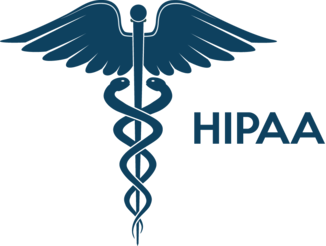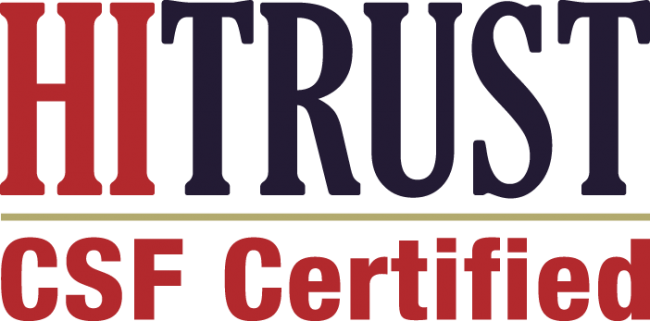The U.S. healthcare system is undergoing a monumental shift, transitioning from traditional fee-for-service (FFS) models to value-based care (VBC). This shift prioritizes patient outcomes over the volume of services provided, encouraging healthcare providers to focus on quality, efficiency, and preventive care. Value-based care fundamentally reshapes healthcare delivery, offering a sustainable alternative that improves patient outcomes while controlling costs. With its growing adoption, VBC is creating a paradigm shift that is set to transform healthcare in the coming years.
The Rise of Value-Based Care: A Shift from Volume to Value
The traditional FFS model rewards healthcare providers for the number of services or procedures performed, regardless of patient outcomes. This volume-based model has been criticized for driving unnecessary tests, treatments, and rising healthcare costs. In contrast, value-based care aligns provider incentives with patient outcomes, rewarding providers for delivering quality care that improves patient health, reduces hospital admissions, and prevents chronic conditions from worsening.
The Centers for Medicare & Medicaid Services (CMS) have been at the forefront of this transition, implementing several programs and payment models to encourage value-based care. Some of these include:
- Accountable Care Organizations (ACOs): Groups of doctors, hospitals, and other healthcare providers that collaborate to deliver coordinated, high-quality care.
- Bundled Payments for Care Improvement (BPCI): Providers receive a lump sum for a specific episode of care, incentivizing cost-effective care.
- Patient-Centered Medical Homes (PCMHs): Primary care providers coordinate patient care to ensure it is comprehensive, personalized, and accessible.
Industry Statistics: The Growing Adoption of Value-Based Care
The adoption of value-based care has been steadily increasing across the U.S., driven by CMS initiatives and the broader industry push to improve healthcare outcomes and reduce costs. Key statistics that highlight this growth include:
- Medicare and Value-Based Care: CMS has set a goal to tie 100% of Medicare payments to value-based models by 2030. As of 2023, 40% of healthcare payments in the U.S. were linked to value-based care models.
- ACO Growth: As of 2022, there were over 525 Medicare ACOs serving more than 12.1 million beneficiaries. These ACOs generated $1.9 billion in savings for Medicare in 2021 alone.
- Commercial Payer Adoption: Beyond Medicare, value-based care is growing in the private sector. A 2022 study showed that 60% of healthcare payments made by commercial insurers were tied to value-based arrangements.
- Improved Patient Outcomes: Value-based care initiatives, particularly in chronic disease management, have reduced hospital readmissions by 5-20%, depending on the program and condition.
These trends underscore the widespread adoption of value-based care and its impact on improving both financial performance and patient outcomes across the healthcare ecosystem.
Key Elements of Value-Based Care Delivery
- Patient-Centered Care: At the core of value-based care is patient-centered care. Healthcare providers focus on preventive care and chronic disease management, ensuring patients receive timely interventions to avoid complications. For example, CMS’s Chronic Care Management (CCM) program reimburses providers for managing patients with multiple chronic conditions, helping to prevent hospitalizations and improve quality of life.
- Coordinated Care: Value-based models emphasize care coordination between different providers and healthcare settings. In traditional fee-for-service models, care can be fragmented, leading to duplicative tests and treatments. In value-based care, collaboration between primary care physicians, specialists, and hospitals is incentivized to improve efficiency and outcomes.
- Use of Data and Analytics: Data is central to the success of value-based care. Advanced analytics allow providers to track patient outcomes, identify care gaps, and make informed decisions. The use of Electronic Health Records (EHRs), predictive analytics, and artificial intelligence enables healthcare organizations to predict patient risk, improve care coordination, and achieve cost savings.
- Performance-Based Reimbursements: Value-based care ties reimbursements to quality measures such as hospital readmission rates, patient satisfaction scores, and health outcomes. Providers who deliver high-quality care receive higher reimbursements, while those with poor performance may see penalties or reduced payments.
How Value-Based Care Benefits Stakeholders
- Patients: Value-based care shifts the focus to preventive care, ensuring that patients receive personalized, proactive treatment plans. It also improves access to healthcare by reducing unnecessary treatments and lowering out-of-pocket costs. According to a report by the Commonwealth Fund, Medicare beneficiaries in ACOs have seen a 2-3% reduction in out-of-pocket expenses compared to those in traditional Medicare.
- Providers: Physicians and healthcare providers benefit from value-based care by receiving financial incentives tied to patient outcomes. A successful transition to value-based care can lead to improved job satisfaction as providers focus more on quality care than on administrative tasks. Additionally, organizations with successful VBC programs have seen significant reductions in overhead costs related to avoidable admissions and redundant services.
- Payers: Health insurers and CMS benefit from reduced overall healthcare spending. For example, Medicare’s Shared Savings Program saved $4.1 billion in 2021 by encouraging ACOs to manage care more effectively.
- Healthcare Systems: Hospitals and healthcare systems see reduced readmissions, lower operational costs, and improved patient satisfaction under value-based models. By focusing on preventive care and chronic disease management, hospitals can free up resources and reduce the financial strain from avoidable admissions.
Data Insights: How VBC is Impacting the Healthcare Economy
- Cost Savings: The Medicare Shared Savings Program (MSSP) ACOs saved the Medicare Trust Fund approximately $1.9 billion in 2021, an increase from $1.2 billion in 2020. This growth highlights the economic viability of value-based care models, especially in managing high-risk, high-cost patient populations.
- Reduction in Hospital Readmissions: A study published in JAMA Network Open found that hospitals participating in value-based care initiatives, such as the Hospital Readmissions Reduction Program (HRRP), experienced a 3.6% drop in readmission rates compared to hospitals not participating in these programs.
- Preventive Care and Chronic Disease Management: A report by the National Committee for Quality Assurance (NCQA) found that 80% of ACOs improved their performance on key quality metrics such as diabetes management, blood pressure control, and preventive screenings, significantly reducing long-term healthcare costs.
The Future of Value-Based Care in the US
As value-based care continues to evolve, its impact on healthcare delivery will deepen. CMS’s goal of tying 100% of Medicare payments to value-based models by 2030 will drive even greater adoption across the industry. Additionally, the integration of advanced technologies such as HealthViewX telehealth, and remote patient monitoring (RPM) will further enhance the effectiveness of value-based care by enabling real-time data monitoring, predictive analytics, and personalized care.
For healthcare providers, payers, and patients alike, the future of healthcare delivery will be centered on value rather than volume. As value-based care becomes the standard, the U.S. healthcare system will be better equipped to deliver high-quality, cost-effective care to all.
Conclusion
Value-based care is transforming healthcare delivery in the U.S. by prioritizing patient outcomes, improving care coordination, and reducing healthcare costs. With significant financial incentives for providers and better outcomes for patients, VBC is proving to be a more sustainable model compared to traditional fee-for-service. As healthcare organizations continue to adopt value-based care models, the entire system will benefit from increased efficiency, reduced costs, and, most importantly, improved patient health.
This shift is a win-win for all stakeholders and marks a major step forward in the pursuit of a more effective and equitable healthcare system.






